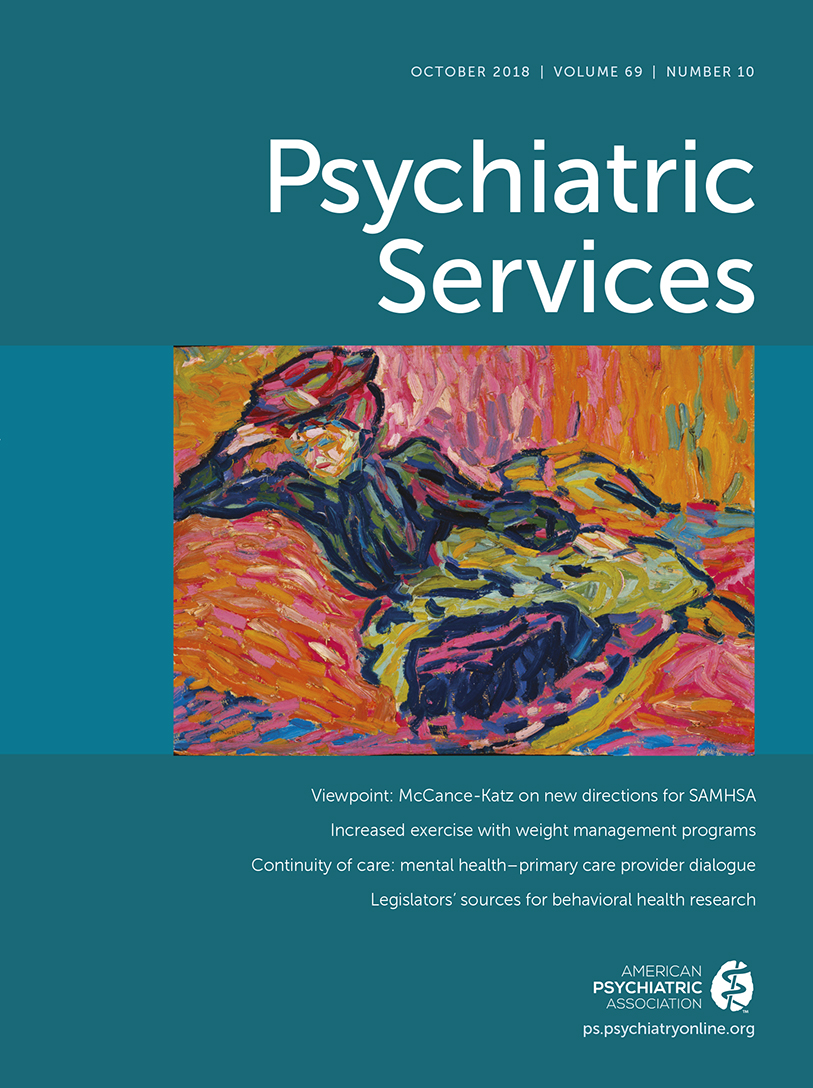Barriers to Service Utilization and Child Mental Health Treatment Attendance Among Poverty-Affected Families
Abstract
Objective:
The majority of children who initially engage in mental health treatment in the United States drop out prematurely, a problem further exacerbated among children living in poverty. This study examined the relationships between sociodemographic characteristics, barriers to treatment use, and session attendance.
Methods:
Data were obtained from participants (N=225) in the 4R2S field trial. Barriers were measured using the Kazdin Barriers to Treatment Participation Scale.
Results:
Barriers endorsed by families attending less treatment primarily aligned with practical rather than perceptual obstacles. Critical events linked to lower attendance included moving too far away from the clinic, a job change, and a child’s moving out of the home.
Conclusions:
Child mental health programs serving low-income families may consider structural modifications to allow for greater family support as well as flexibility in treatment delivery by leveraging technology. Future research is needed to evaluate barriers to treatment and alternate modalities in relation to service utilization.



